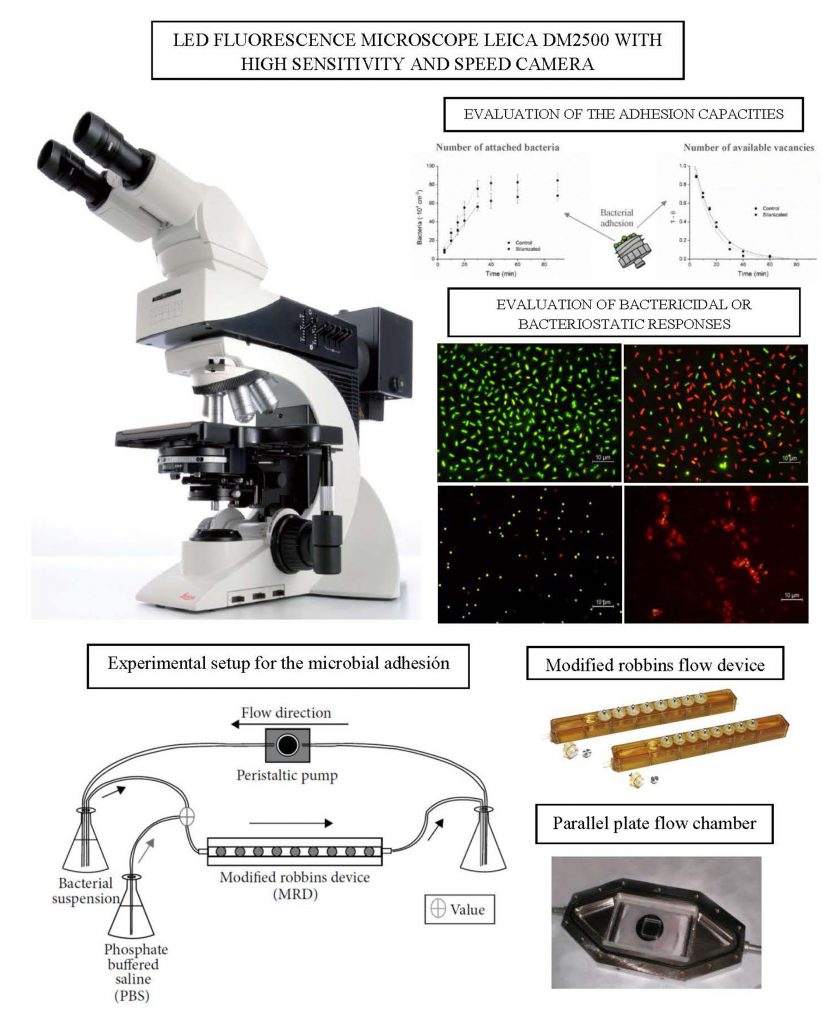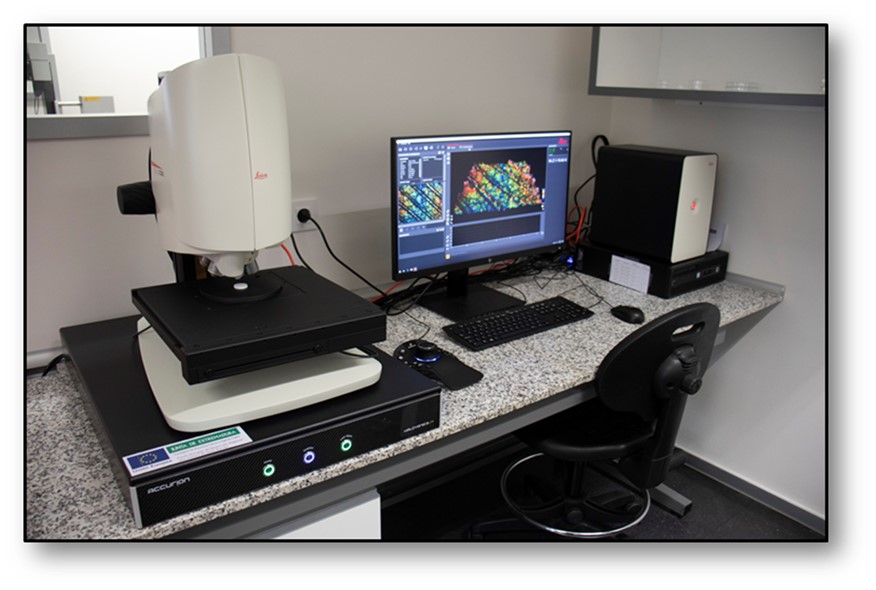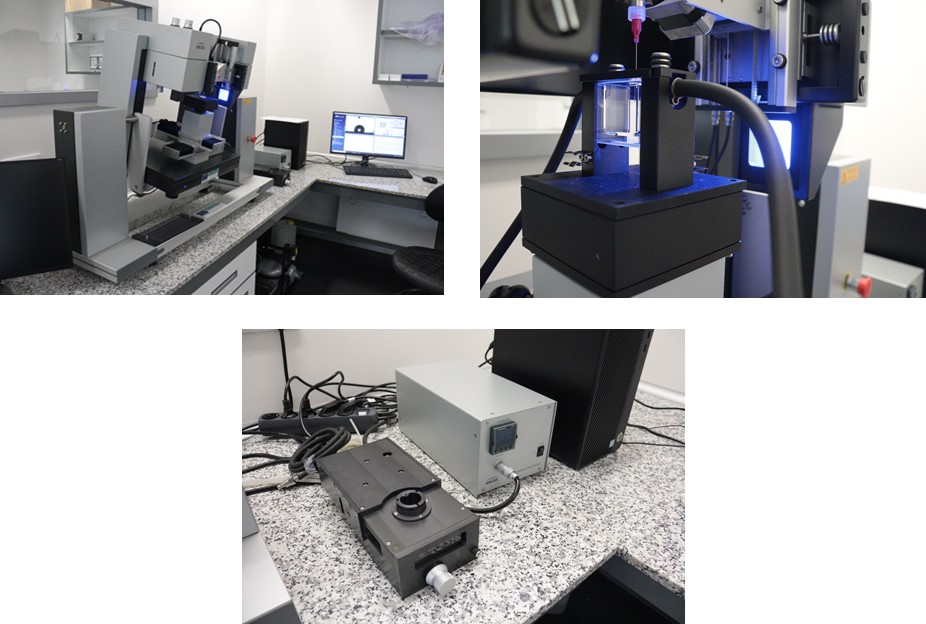U16-S07. Evaluation of the adhesion capacities and formation of biolayers of microorganisms on materials. Evaluation of bactericidal and/or bacteriostatic responses of materials. OUTSTANDING

Description:
Evaluation of the adhesion of microorganisms to surfaces, including the evaluation of their viability. Adhesion can be studied under flow or static and at different contact times. Study of biolayers formed on materials after different growth times. Evaluation of bactericidal and/or bacteriostatic responses using viability kits or plate growth.
Applications:
Testing of materials with anti-infective objectives. Testing of compounds with antibacterial purpose.










